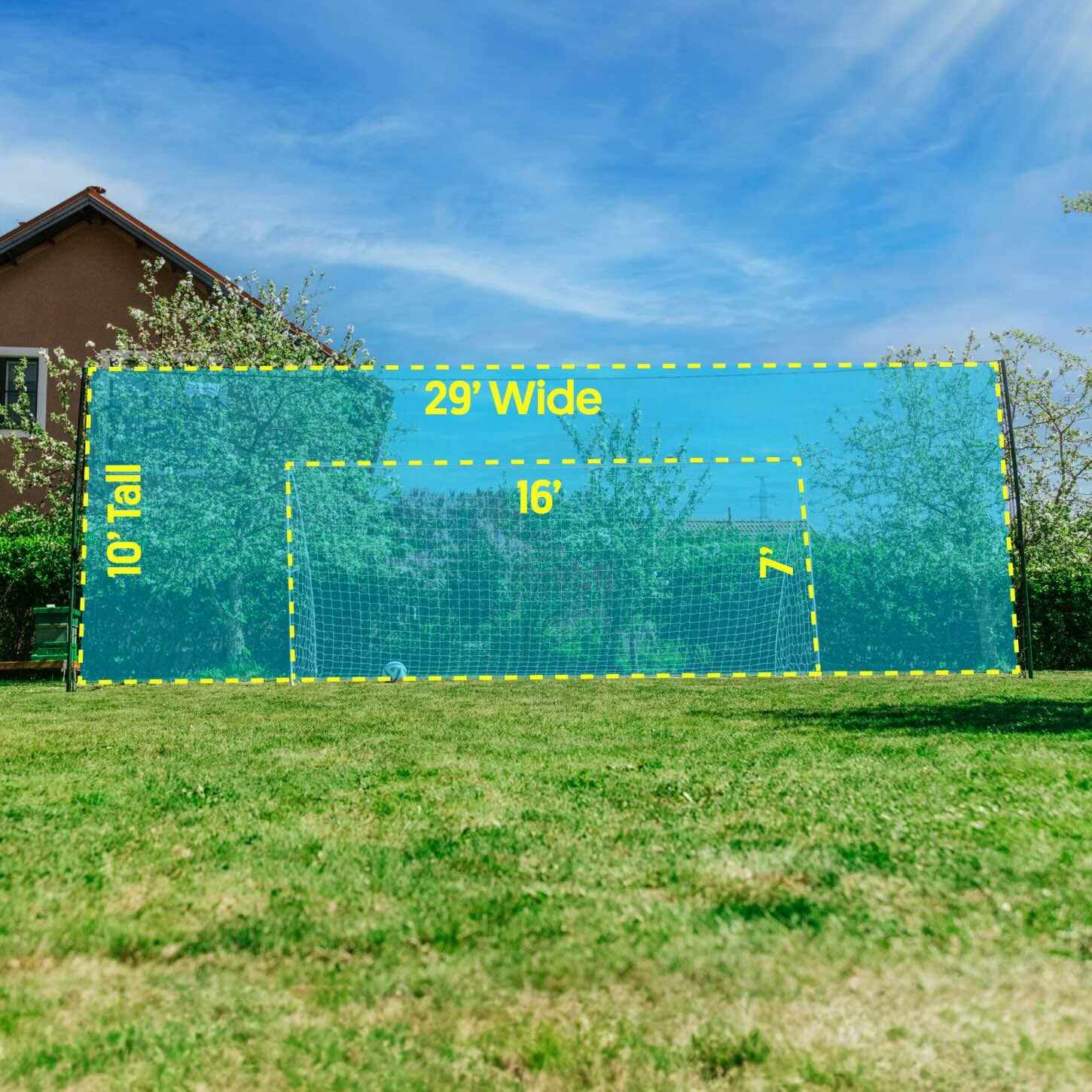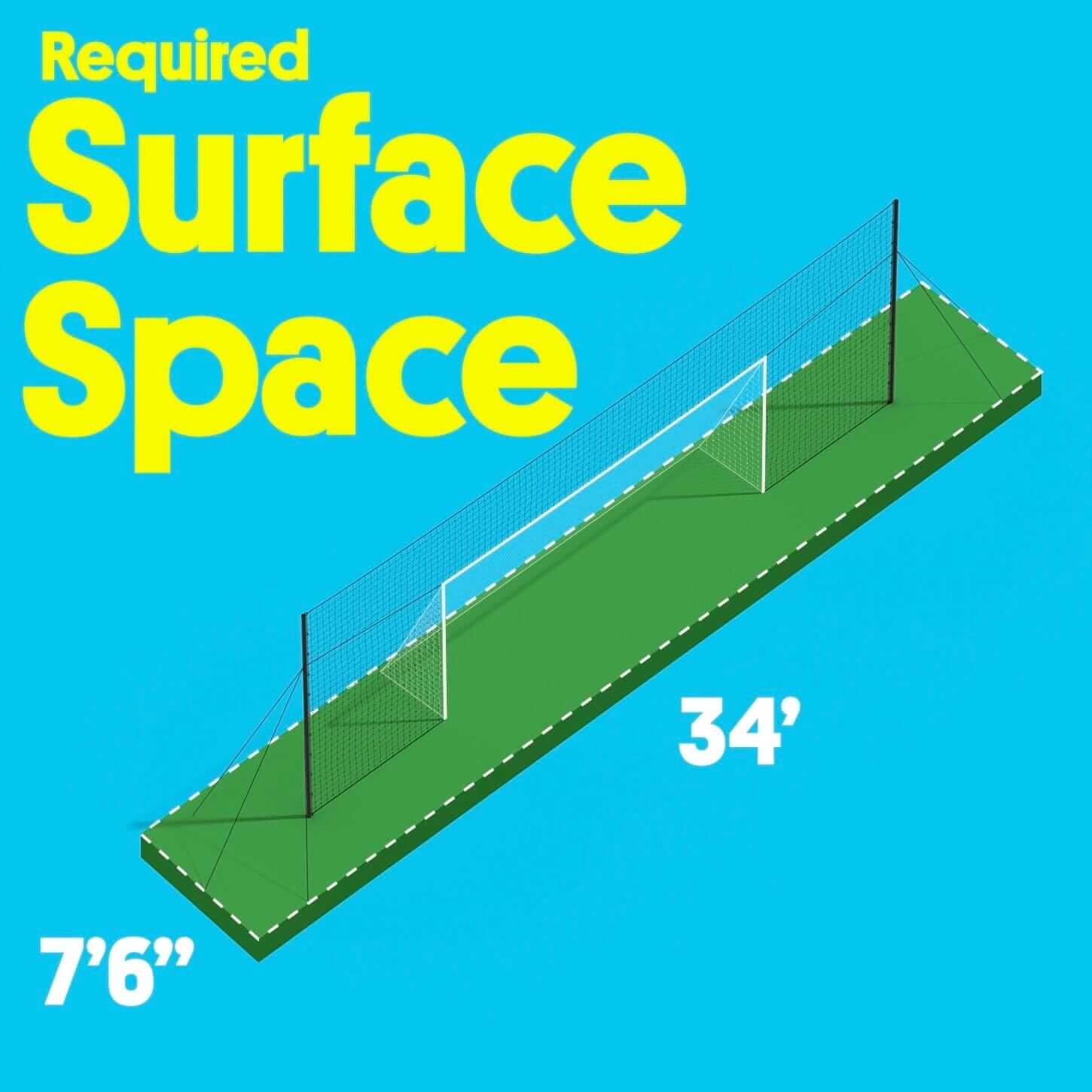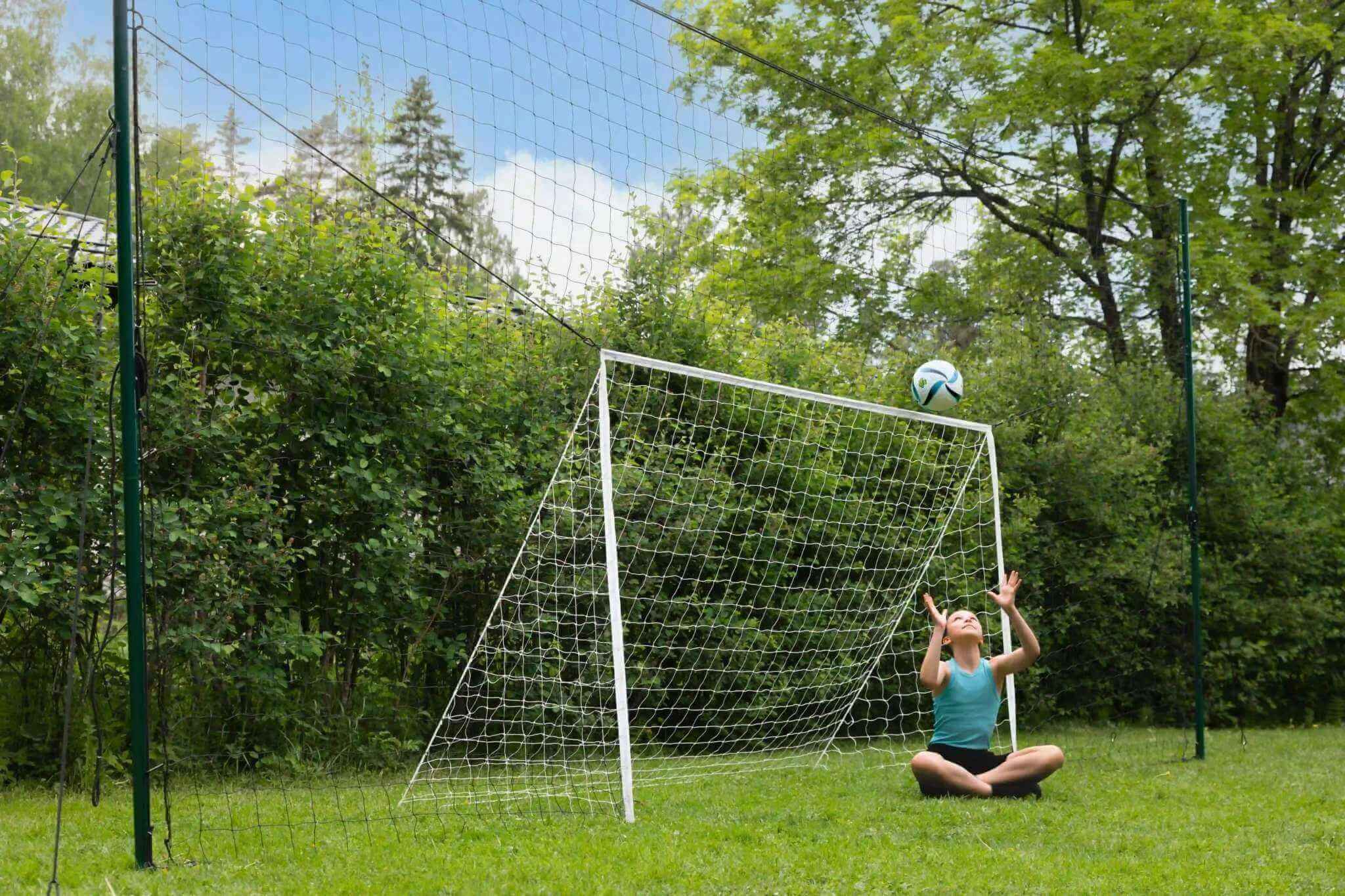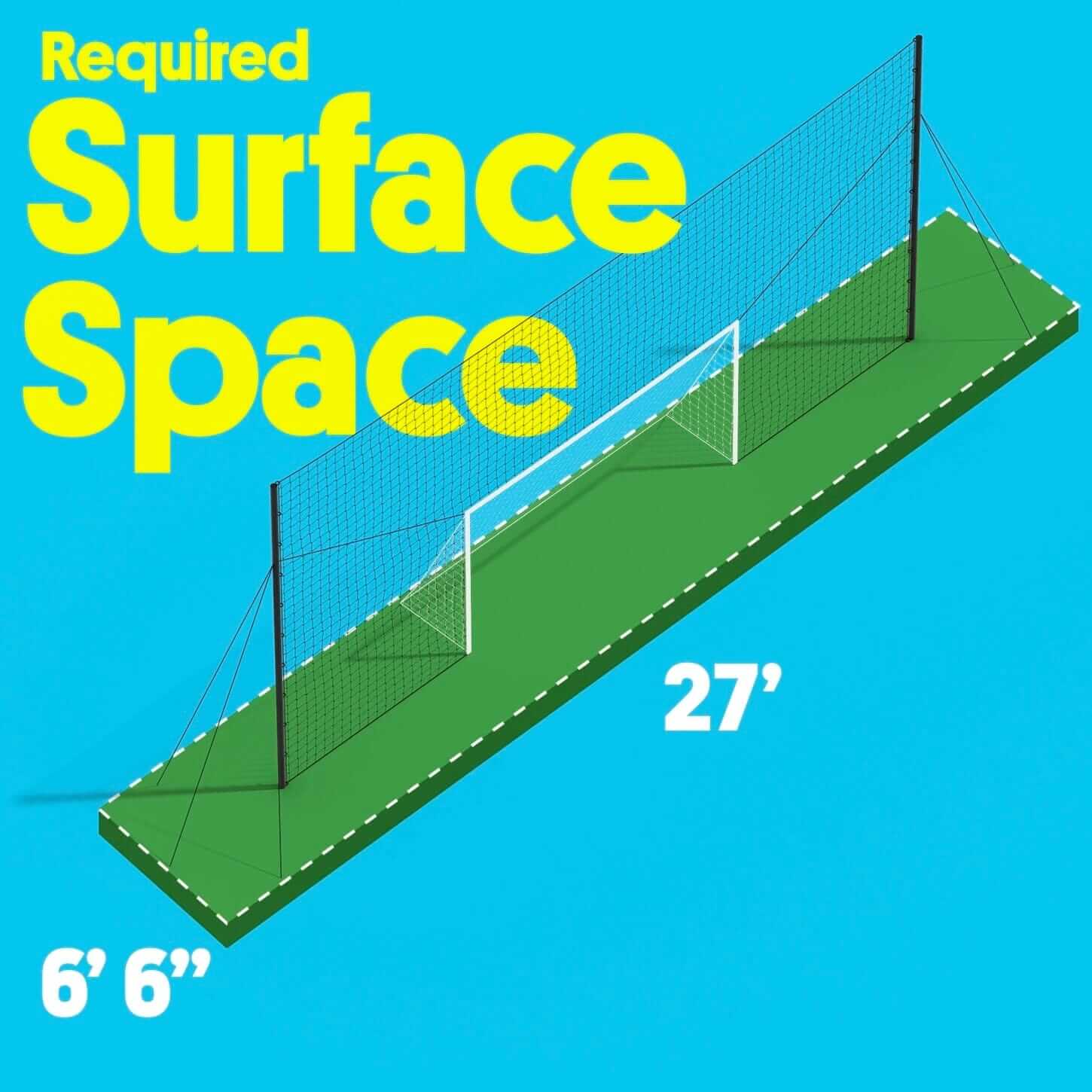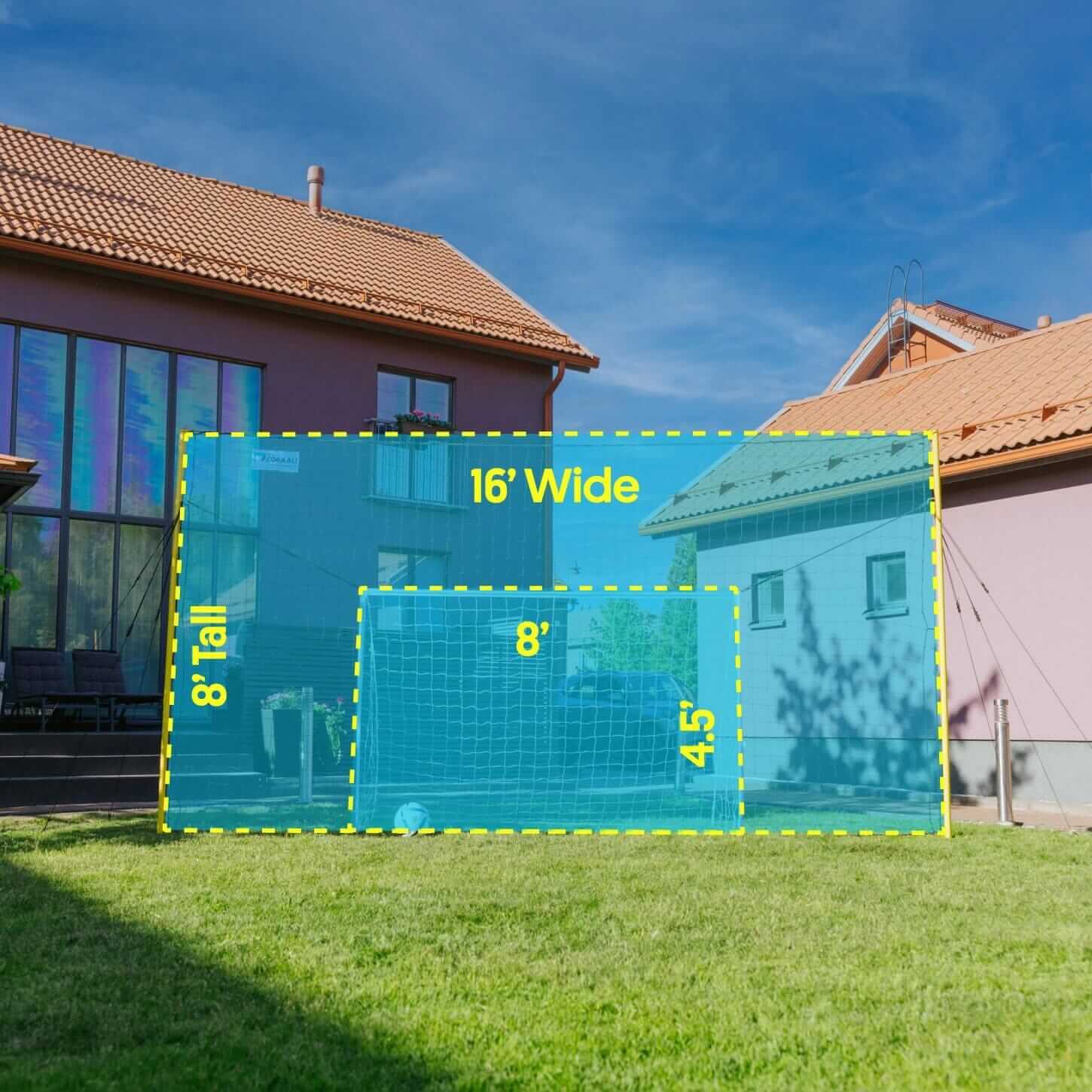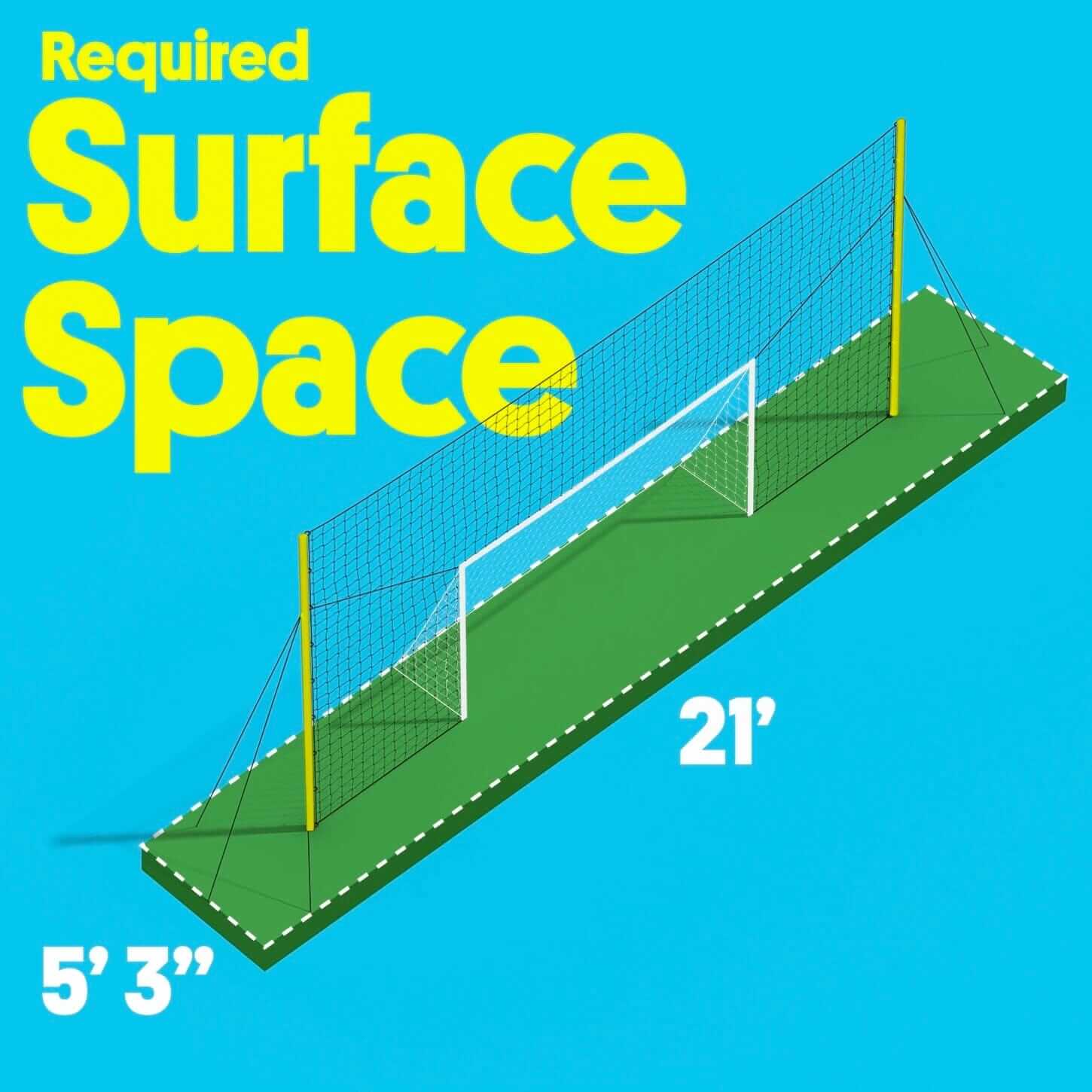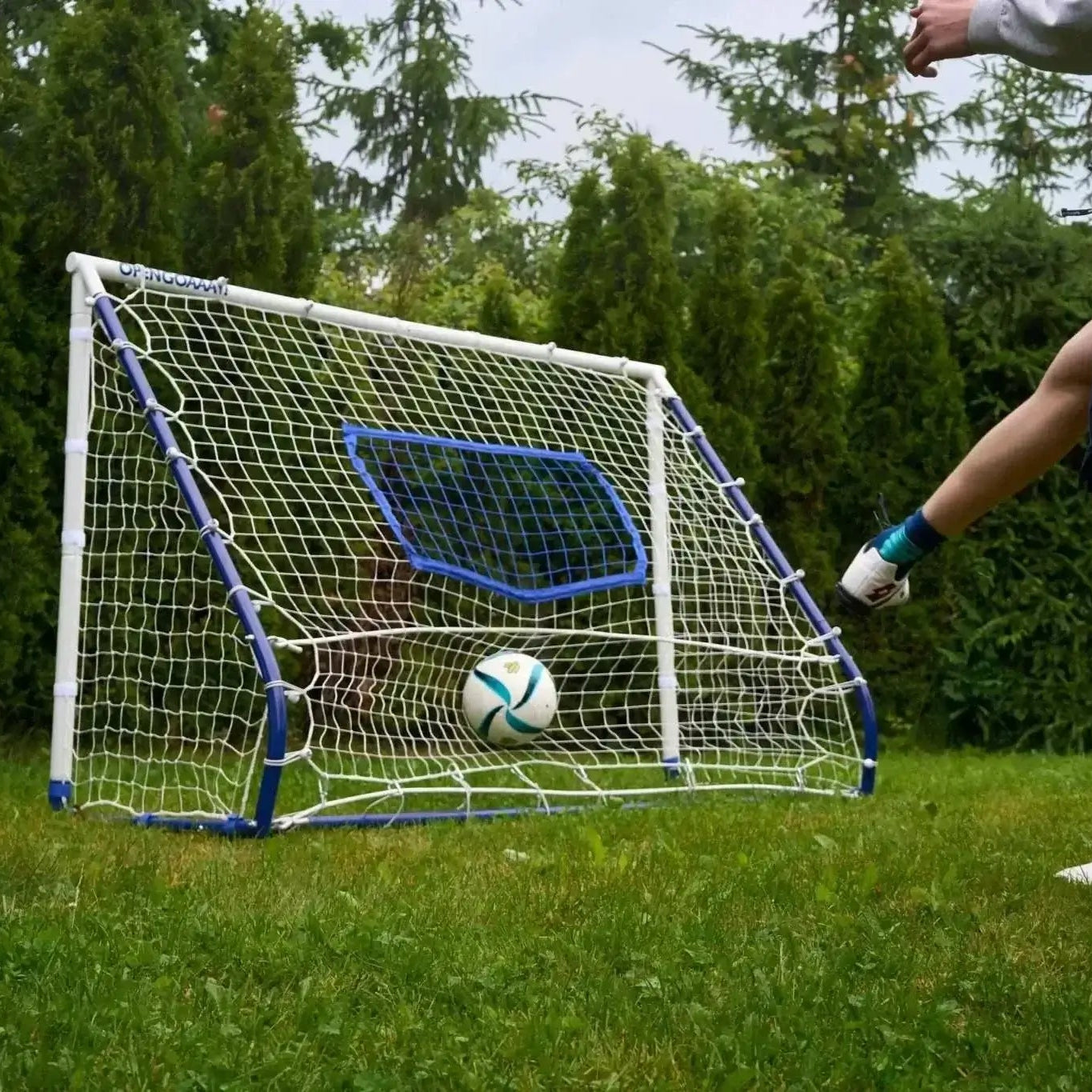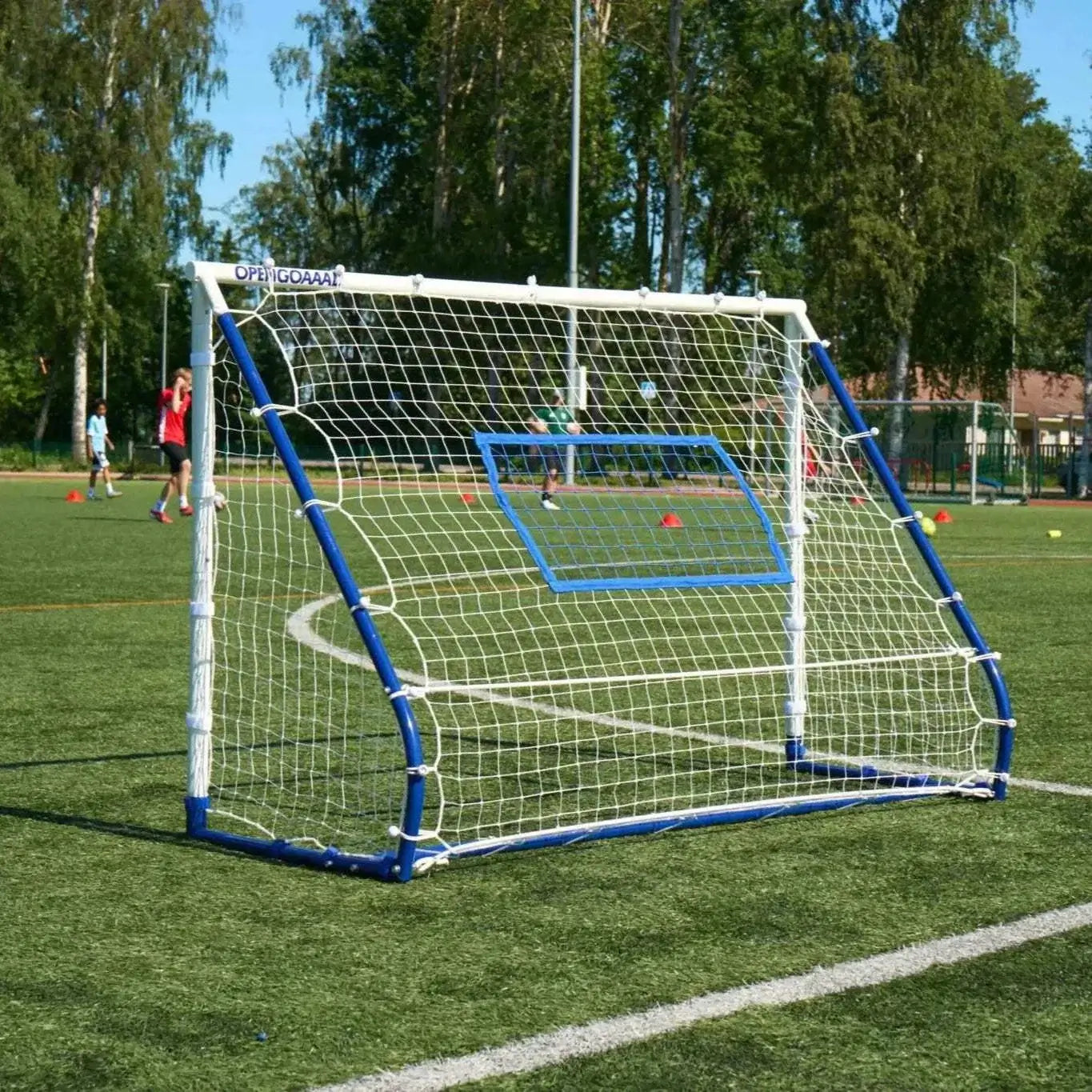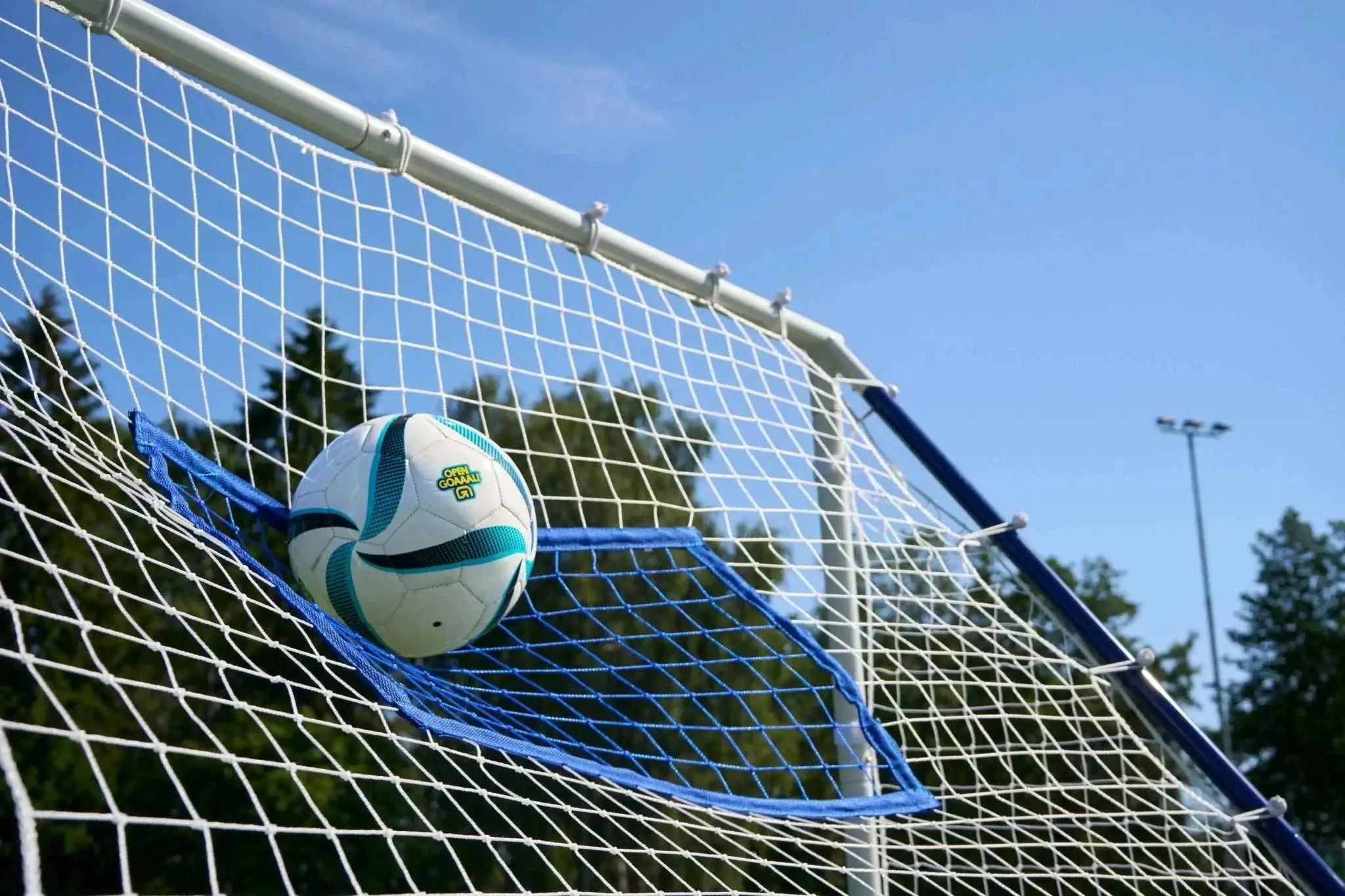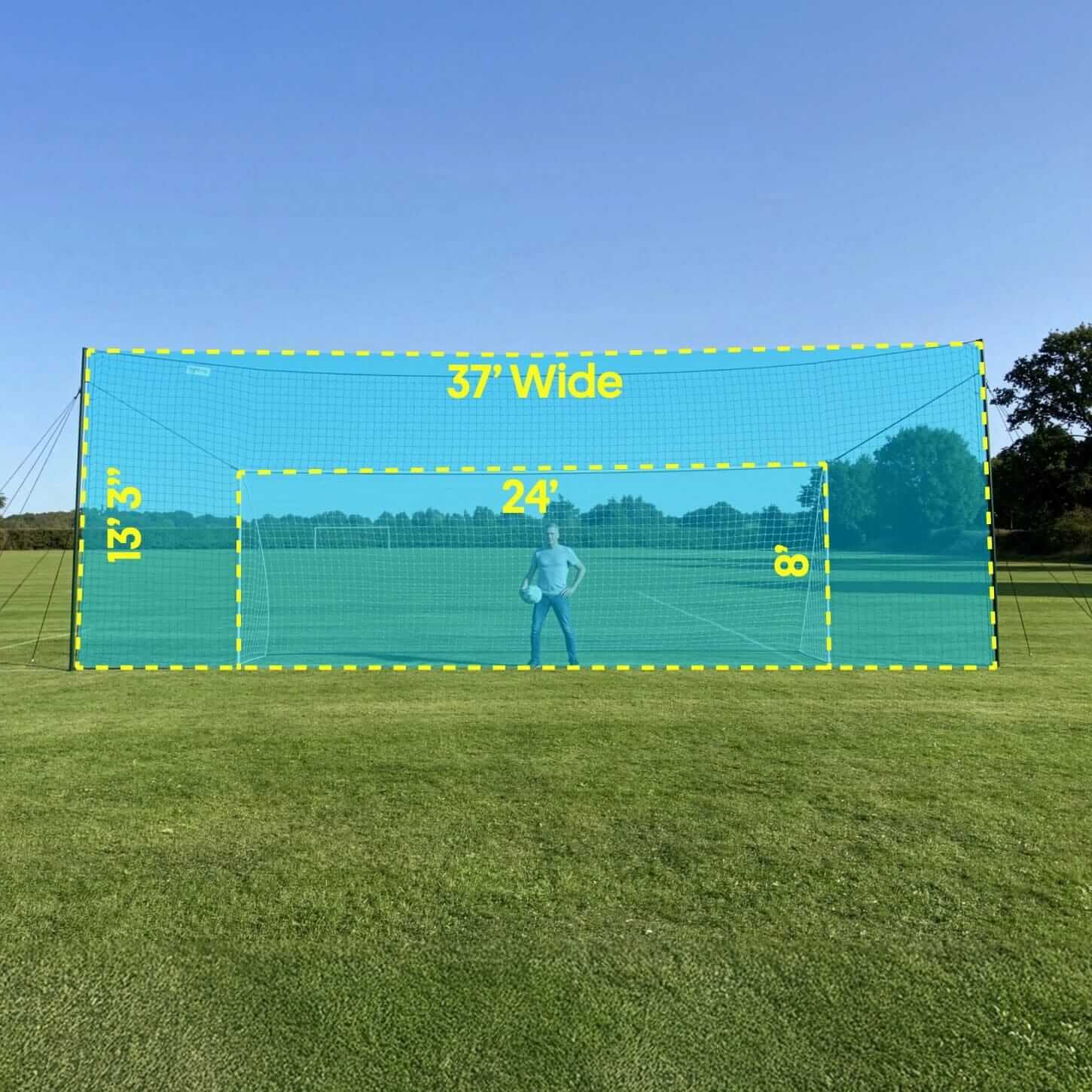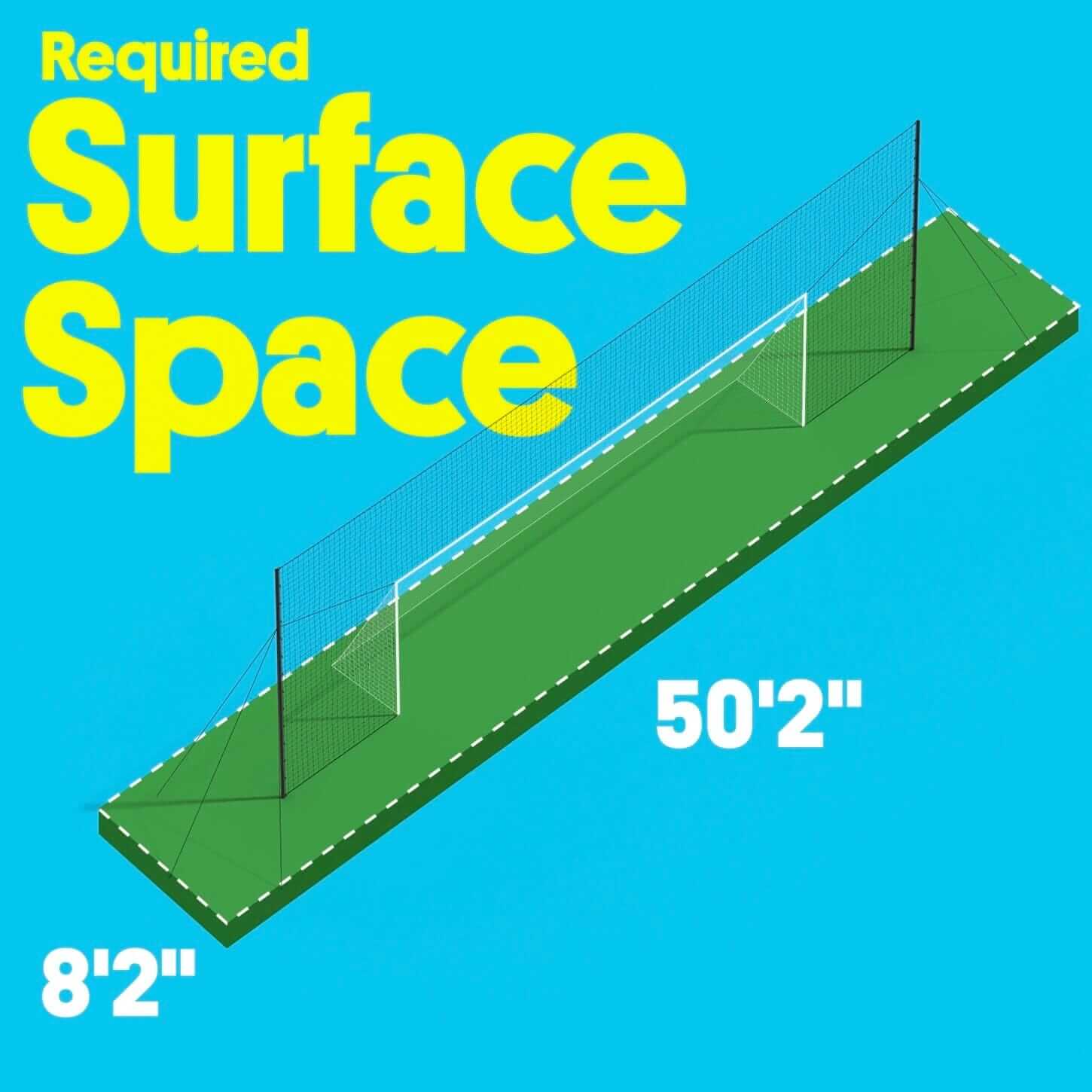Numbered shirts were first worn in professional soccer by Arsenal and Sheffield Wednesday in 1928. At that time, the numbers 1 to 11 were assigned to starting players according to their position on the field, with substitutes, which were not allowed until 1965, given higher numbers.
Fixed numbers given to each player, were first introduced during the 1954 World Cup. However, the practice of using 1 – 11 was not abandoned, in England at least, until the 1993 – 94 season. Nowadays, most top football leagues adopt the squad number system.
Some famous soccer player numbers have become prominent than others, famous either for the players who have worn it on their backs or because of its association with a significant match or event. Here is a selection of famous soccer numbers.
Number 1
Number 1 is traditionally associated with goalkeepers, and some of the finest to wear this numeral on their back include Lev Yashin, Gordon Banks, Dino Zoff, Manuel Neuer, and Gianluigi Buffon.
Russian Lev Yashin is the only goalkeeper to win the Ballon D’or and was chosen in World Soccer’s most excellent side of all time, as well as being named Russia’s most celebrated athlete of the 20th Century. He kept over 270 career clean sheets and made more than 150 penalty saves.
For a decade, Gordon Banks was regarded as not only the best keeper in England but also the world. He helped his country win the 1966 World Cup and, four years later in Mexico, produced arguably one of the greatest saves of all time to deny Pelé in England’s World Cup group game with Brazil.
Dino Zoff is the oldest man ever to win the World Cup, captaining Italy to success in Spain in 1982. He made 112 international appearances for his country and still holds the record for the most consecutive minutes without conceding a goal, including qualifying, at the European Championship.
Manuel Neuer is the current captain of Bayern Munich and the German national team. Known for his quick reflexes, shot-stopping ability, and control and distribution of the ball, he has been described as the best goalkeeper since Yashin and helped Germany win the 2014 World Cup.
Gianluigi Buffon is one of only a handful of players to have a thousand professional appearances and holds the record for the cleanest sheets in Serie A and the Italian national team. He has been named as the best goalkeeper of the 21st Century in a recent poll.
These factors combined make it one of the best soccer numbers for goalkeepers.
One outfield player to win the number1 shirt was midfielder Osvaldo Ardilles at the 1982 World Cup for Argentina. The Tottenham player was given this shirt because squad numbers were decided in alphabetical order.
Number 7
Historically the Number 7 shirt has been worn by wide players. And, if there is one club which has produced more than its fair share of brilliant number 7s, then it has to be Manchester United, starting with the mercurial talents of George Best in the 1960s, the man described as the “fifth Beatle”, and whose stunning dribbling ability helped United to become the first English team to win the European Cup in 1968, before his wayward lifestyle off the pitch brought a premature end to his career. Then there was Eric Cantona (“King Eric”) who is widely credited with helping turn Sir Alex Ferguson’s United into a multi title-winning team, and who has been voted as the club’s greatest ever player. He was succeeded at Old Trafford by David Beckham, one of the most famous football players of all time, and then by Cristiano Ronaldo, who, since moving to Real Madrid and Juventus, has been recognized as one of the finest soccer players of all time.
Large number 7s are not just confined to Manchester United, however. Luis Figo, the Portuguese international, who played for both Barcelona and Real Madrid, and who won the Ballon D’or in 2000, also chose to wear that numeral. Another man to wear that number was Kenny Dalglish, one of the finest footballers Britain ever produced.
And then there are wingers Stanley Matthews and Garrincha. Matthews, known as the wizard on the winger, had a professional career lasting 33 years, and was, arguably, the first superstar of British football. It was his style of play, ability to beat a full-back, and supply crosses for the incoming forwards that made the number 7 the first choice for countless footballers and supporters in post-war Britain.
Garrincha meanwhile (literally “Little Bird” in Portuguese, was the wide man who starred for Brazil in the 1958 World Cup in Sweden, and when his teammate Pelé got injured in the course of the subsequent tournament in Chile, almost single-handedly was responsible for his country retaining the trophy with his close control and dribbling ability.
Number 10
Some of the best players of all time have worn the number 10 jersey, including the man widely regarded as the greatest of them all, Pelé. Yet, he was first given the shirt number by accident.

Called up for the 1958 World Cup as a 17-year old, the Brazil Soccer Federation did not submit squad numbers to the tournament organizer. Instead, they were assigned randomly, and Pelé happened to be given number ten. He finished the tournament with six goals, becoming an international star in the process, and never wore another shirt number again.
Another man to grace the shirt was Michel Platini. The Frenchman won three successive Ballon D’ors between 1983 and 1985, captained his side to European Championship success in 1984, and was named France’s player of the 20th Century Platini averaged more than a goal every two games in his career, although he was not a forward, but an advanced play-maker.
Ronaldinho was FIFA Player of the Year in 2004 and 2005, and won the World Cup with Brazil in 2002, although it is his spell with Barcelona for which he is best remembered, with his silky skills, on-field tricks, and elegant playmaking, together with some spectacular goals.
Zinedine Zidane is regarded as one of the all-time greats, with an air of elegance and style on the field, as well the ability to produce world-class goals, such as the winner he scored for Real Madrid in the 2002 Champions League final. His two goals helped France win the 1998 World Cup final on home soil against Brazil, although he is arguably best-known for his last appearance in a French shirt – sent off in 2006 final for head-butting Marco Materazzi of Italy.
So synonymous was Diego Maradona with the shirt number ten in Italy that they retired it when he left the club. The diminutive Argentine helped the Italian side win Serie A for the first time in their history (twice), and was feted for his close control, dribbling ability, vision, and technique. Regarded, along with Pelé, as one of the greatest players of all time, he scored some spectacular goals, not the least of which was his second in the World Cup quarter-final against England in 1986, the year that Argentina would go on to clinch the trophy. His first in the same game illustrated the other side of his character. Tipping the ball over the goalkeeper with his hand, he would infamously later refer to it as the “Hand of God.”
Lionel Messi is the modern equivalent of Maradona, an Argentine small in stature, but immense in talent. Voted the Best FIFA Men’s Player for 2019, he has won 5 Ballon d’Ors, 6 European Golden Shoes (awarded for the top scorer in European football), and has been recognized as the best player in La Liga eight times. A one-club man, he has scored 602 times in 692 appearances for Barcelona, in 2012, he achieved the remarkable feat of scoring 91 goals in a single calendar year.
With Messi in their side, Barcelona has enjoyed a degree of success unmatched in their history, winning ten league titles, 6 Copa del Reys, 4 Champions Leagues, and the World Club Championship on three occasions.
Number 14
Players used to wear shirts strictly numbered from one to eleven. One of the first players to buck this trend was Johann Cruyff, who became known as a rebel, and one not prepared to bow to conformity.
His adoption of the number 14 came about in his Ajax days when he was due to take part in a game against PSV Eindhoven. Usually wearing number 9, he had given his usual shirt to a teammate, Gerrie Muhren, who often wore 7. Cruyff reached into the basket, and the first number he pulled out was 14.
As Ajax won the game, the team decided to keep the shirt numbers they were wearing that day to bring good luck, so Cruyff adopted the name as his own.
It was also the number that Thierry Henry wore during his time at Arsenal when he became the club’s record goalscorer, won two Premier League titles and two FA Cups, and won the Premier League, Golden Boot, four times.
And a third man to wear the number with distinction was Xabi Alonso, the midfielder who won the World Cup with Spain in 2010, and was twice a Champions League winner, first with Liverpool, and then, subsequently, with Real Madrid.
Number 21
Andrea Pirlo, one of the finest midfielders of his generation and one of the best soccer players with number 21. He won the World Cup with Italy in 2006, and won Serie A with AX Milan and Juventus, was always associated with the number 21 shirt throughout his long career.
He later revealed that this was for superstitious reasons. His father was born on the 21st, it was the day he got married, and it was also the day that he made his debut in Serie A.
In 2011, he was on the verge of a lucrative move to Qatar, but decided against it one night at 9.21 pm – 21:21 per the 24-hour clock! Instead, he opted to join Juventus and had the most successful four years of his career.
Number 22
Although Brazil full-back and now captain of the national team, Dani Alves, has traditionally worn the number 2 jersey, in the summer of 2013, while he was at Barcelona, he opted to change to 22 instead.
The reason he did so was that was the number worn by his good friend Eric Abidal, who had endured a difficult fight with liver cancer during the latter part of his career in Catalonia. Alves wanted to donate part of his liver to Abidal but was unable to, so the change of shirt number was his way of showing support.
The story has a happy ending – Abidal survived and is now Barcelona’s Director of Football.
Number 23
The number 23 first became popular when David Beckham moved from Manchester United to Real Madrid in 2003. He had been synonymous with the number 7 shirt at Old Trafford, but, when he arrived at Real, he found that club legend Raúl owned it. Beckham, instead, turned for inspiration to NBA Basketball, and superstar Michael Jordan, who had just retired, and who had worn 23 with distinction throughout his career.
When Beckham moved to LA Galaxy, he took shirt number 23 with him as he had been successful with it in Spain. When he later played for AC Milan and PSG, he wore 32 – 23 reversed.
Christian Eriksen, Danny Welbeck, and Jamie Carragher are just three players who have followed in Beckham’s footsteps and worn 23 on the back of their shirts.
Understanding the history behind famous soccer jersey numbers can help you better understand where the sport has come over time.
Number 52
When he was at Arsenal, forward Nicklas Bendtner referred to himself as T.G.S.T.E. L. (The Greatest Striker That Ever Lived). However, fans of the club were not impressed when, on the eve of the 2009/2010 season, he changed his shirt number from 26 to 52, a number that he explained meant something to him personally. He ended up offering to refund all those supporters that had already bought shirts with “Bendtner 26” on the back. He hardly lived up to the title he had bestowed on himself, either. He scored just 12 times in 31 games.
If you play soccer, make sure to check out our line of 3 in 1 Backyard Soccer Goals...that have a rebounding backstop built in!






